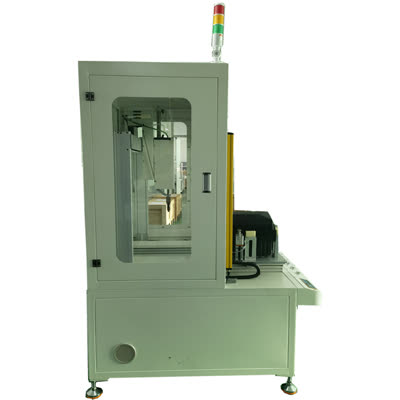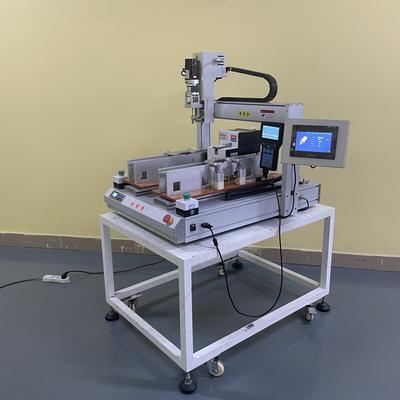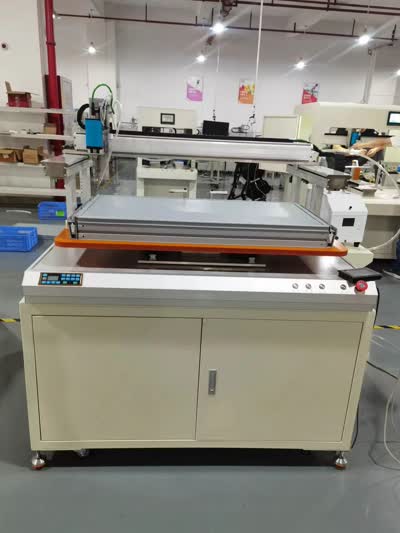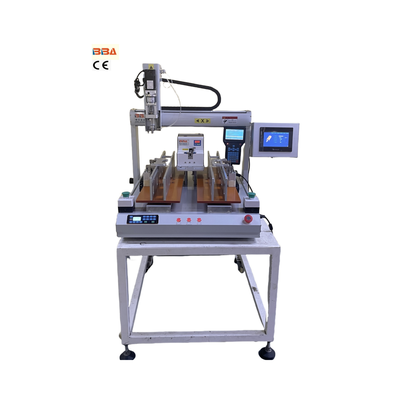High-Speed Screw Locking Robot | Automated Assembly Solutions
Setting Up a High-Speed Screw Locking Robot
In today's fast-paced manufacturing environment, efficiency and precision are paramount. One of the key advancements revolutionizing assembly lines is the high-speed screw locking robot. These automated systems are designed to perform repetitive screw fastening tasks with exceptional speed, accuracy, and reliability, significantly enhancing production throughput and product quality.
The initial setup of a high-speed screw locking robot is a critical process that lays the foundation for its optimal performance. It begins with selecting the right model based on specific application requirements, such as screw size, torque specifications, and desired cycle time. Once the appropriate robot is chosen, the physical installation takes place. This involves securely mounting the robotic arm to a stable base, ensuring it is level and free from vibrations that could affect accuracy. The end-effector, which is the tool responsible for picking, driving, and placing the screws, must be attached precisely and calibrated according to the fastener's specifications.
Next, the integration with the existing production line is crucial. The robot must be connected to the central control system, often a PLC (Programmable Logic Controller), to synchronize its movements with other machinery. This step involves configuring I/O points, setting up communication protocols, and programming the robot’s path. Teaching the robot its trajectory is typically done through a pendant or software interface, where waypoints are set to define the precise path for screw placement. Advanced vision systems are often incorporated to provide guidance, allowing the robot to adjust for minor variations in part placement, ensuring every screw is driven accurately.
Programming the torque and angle parameters is another vital step. Different products require specific tightening strategies to ensure screws are secure without damaging the threads or the components. The controller must be programmed with the correct sequence: first a high speed for rapid screw pickup and insertion, followed by a lower speed with precise torque control for the final tightening. Many systems offer real-time monitoring and data logging, providing valuable feedback for quality control and process optimization.
Finally, thorough testing is conducted. This involves running the robot through multiple cycles using sample parts to verify accuracy, speed, and consistency. Operators fine-tune parameters as needed and establish a maintenance schedule to keep the system running smoothly. Proper setup not only maximizes the robot’s efficiency but also extends its service life, making it a valuable asset for any high-volume manufacturing operation seeking to automate its assembly process and maintain a competitive edge.

| Product Name | Applicable industries |
| Dual Head Screwdriver | Home Appliance Production |


